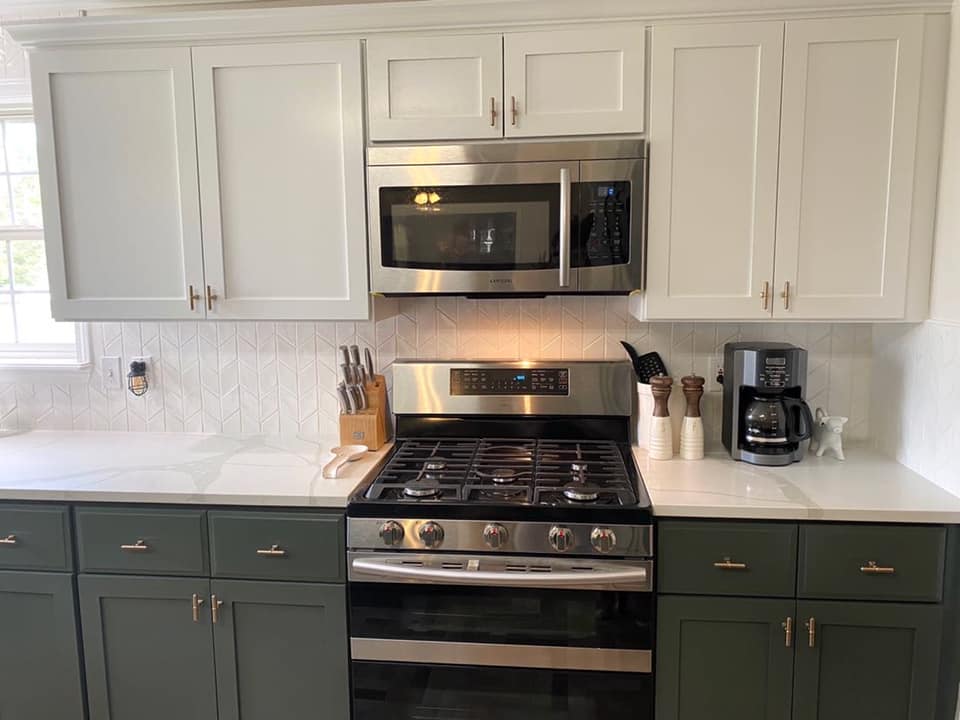
Underfoot Art: How to Choose the Right Tile for Your Flooring Needs Sep 10, 2025
To start, understanding the different types of tiles is essential. Ceramic and porcelain tiles are popular choices due to their durability and diverse range of styles. Ceramic tiles, made from clay, are known for their affordability and ease of use in everyday spaces like kitchens and bathrooms. Porcelain tiles, on the other hand, are denser and more water-resistant, making them an excellent choice for high-moisture areas or even outdoor spaces. Natural stone tiles, such as marble, granite, and slate, offer a unique, luxurious appearance but require more maintenance compared to ceramic or porcelain.
The first step in selecting a tile is assessing the room's function. High-traffic areas, like entryways and living rooms, demand a durable tile that can withstand wear and tear. For these spaces, porcelain or high-quality ceramic tiles are advisable due to their strength and longevity. Conversely, for spaces where aesthetics may be prioritized, like a bedroom or a feature bathroom, a decorative tile, perhaps in natural stone or a patterned ceramic, might be more suitable.
Another critical factor is understanding the tile's slip resistance, measured by its coefficient of friction. In areas prone to moisture, such as bathrooms or kitchens, choosing a tile with higher slip resistance is crucial to prevent slips and falls. Textured tiles or those with a matte finish often provide better grip compared to smoother surfaces.
Size and layout play a significant role in the overall feel of the room. Larger tiles can make a space feel more open, reducing grout lines and creating a streamlined appearance. This approach works well in expansive areas, whereas smaller tiles can add intricate detail and interest in compact spaces.
The color and texture of your tile can dramatically influence the feel of the room. Light-colored tiles can make a small room appear larger and more airy, while dark tiles add coziness and a touch of sophistication. Don't overlook the tile’s texture; a smooth finish might be ideal for a modern, sleek look, while a textured or patterned tile can add depth and personality.
Consider the maintenance requirements as well. While ceramic and porcelain tiles are relatively low maintenance, natural stone often requires sealing and regular upkeep to maintain its beauty. Depending on your lifestyle and the amount of time you're willing to invest in maintenance, this factor can significantly impact your decision.
Finally, budget is a practical constraint that can't be ignored. While it's tempting to splurge on high-end tiles for their beauty, balancing your tile choice with your budget ensures that your tiling project is both beautiful and financially sustainable. The Tile Guy can assist in finding high-quality, cost-effective tiles that meet your lifestyle needs.
In conclusion, choosing the right tile involves a blend of functionality, aesthetics, and cost considerations. Whether you lean towards the timeless elegance of natural stone or the practical appeal of ceramic or porcelain, the right tile can elevate your space, combining functionality with artistic flair. When in doubt, consulting with experts like The Tile Guy can provide the insights needed to make an informed decision, ensuring your flooring is not only a visual delight but also a practical, long-lasting solution.
/filters:no_upscale()/media/9092f633-767b-4920-a9a8-4d7aec7cc630.jpg)
/filters:no_upscale()/filters:format(webp)/media/cc6f12dd-af96-4c1c-b689-103aa4191fe1.jpg)